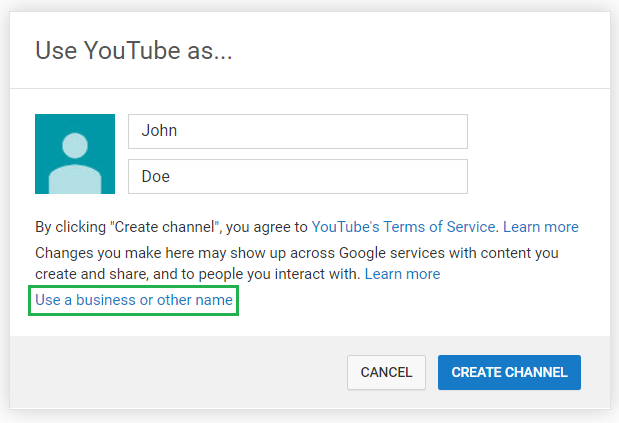

For instance, a URL for a spring newsletter may be: Our rule states that Source/Medium must match regex “newsletter” (essentially matching any traffic containing the word “newsletter” in URL tags). You’ll have to manually build any channels that should appear in the interface, any traffic not included will fall into an (Other) category.įor this example, we’ll build a Newsletter channel that includes any relevant traffic. Next, begin defining the parameters you’d like in your channels. Select the “New Channel Grouping” button. To start, access the Admin section of Analytics and go to Custom Channel Groupings under your desired view. However, keep in mind that custom groupings are accessible only to the user who sets them up. You can potentially create up to 100 Custom Channel Groupings under an Analytics view (vs. This will avoid damaging the raw data coming into the account and gives you the ability to see retroactive numbers. The best approach is to create a Custom Channel Grouping. If you’re not careful, you can incorrectly categorize data permanently stored in your account. If you’re not overly familiar with the interface, we don’t recommend making major modifications to the Default Channel Grouping.
:no_upscale()/cdn.vox-cdn.com/uploads/chorus_asset/file/19854949/Screen_Shot_2020_03_27_at_12.13.09_PM.png)
You have two options for channel groupings: For instance, say that you want to segment “newsletter” traffic into a different channel bucket from standard “email” traffic, since those users may behave differently.

Many times, the default channel groupings just don’t work for advanced tracking purposes. In this article, we’ll delve further into customizing channel groupings to more accurately evaluate your data.


 0 kommentar(er)
0 kommentar(er)
